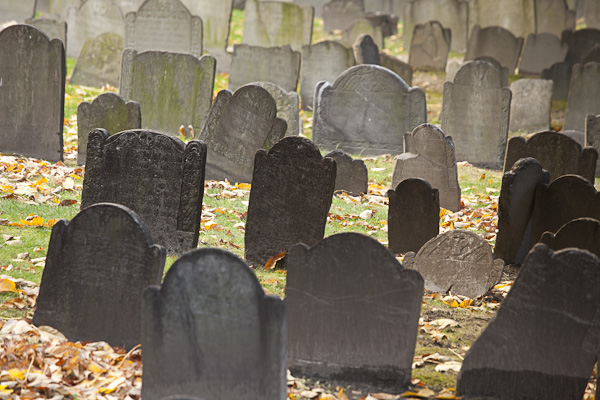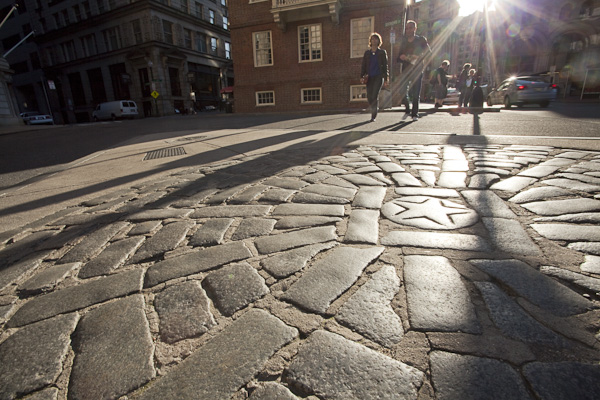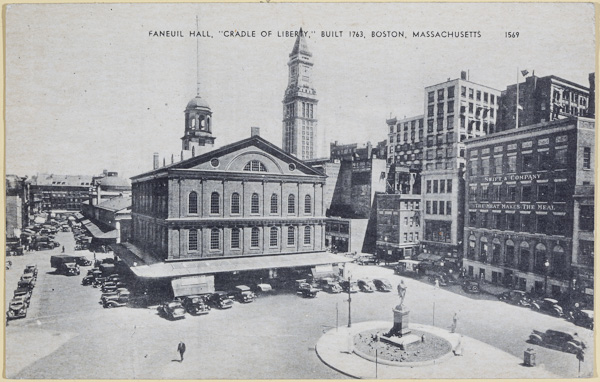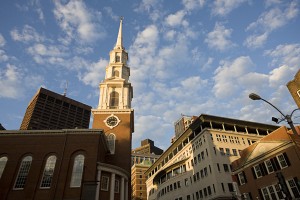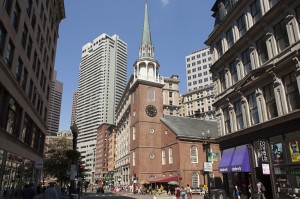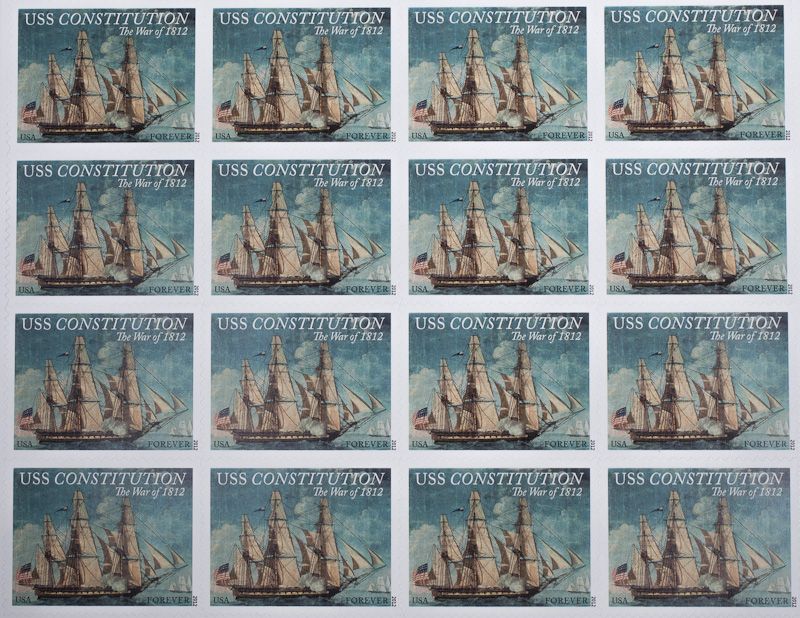 200 years ago today, “USS Constitution” fought and defeated “HMS Guerriere,” a British frigate taken from the French. Commanded by Isaac Hull, “Constitution” dominated the British ship, shot away her mizzen mast, took the crew prisoner, and burned the wreck. This commemorative stamp was issued yesterday.
200 years ago today, “USS Constitution” fought and defeated “HMS Guerriere,” a British frigate taken from the French. Commanded by Isaac Hull, “Constitution” dominated the British ship, shot away her mizzen mast, took the crew prisoner, and burned the wreck. This commemorative stamp was issued yesterday.
Tag Archives: Freedom Trail
USS Constitution Bicentennial sailing photo
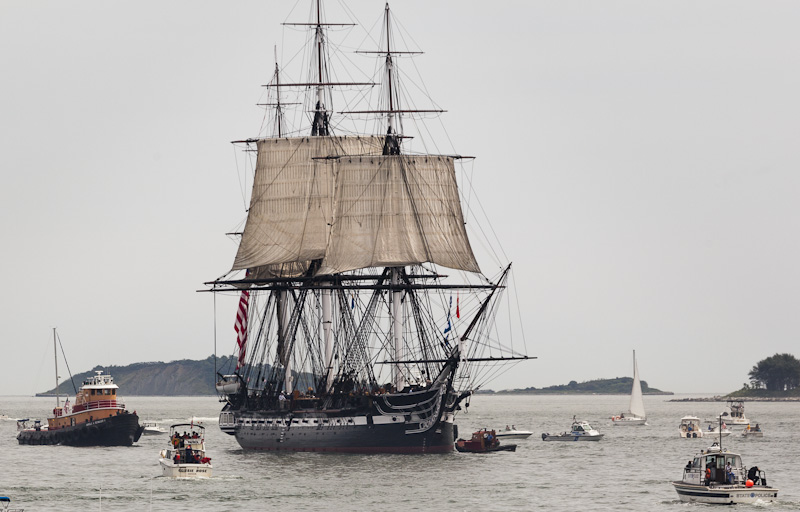 200 years ago today, USS Constitution fought and defeated HMS Guerriere, a British frigate taken from the French. Commanded by Isaac Hull, “Constitution” dominated the British ship, shot away her mizzen mast, took the crew prisoner, and burned the wreck. Today, “Old Ironsides” took a bicentennial turn around the harbor and put her sails up in tribute to this glorious victory. This short sail was only the 2nd time in over 100 years that the ship has been underway on her own.
200 years ago today, USS Constitution fought and defeated HMS Guerriere, a British frigate taken from the French. Commanded by Isaac Hull, “Constitution” dominated the British ship, shot away her mizzen mast, took the crew prisoner, and burned the wreck. Today, “Old Ironsides” took a bicentennial turn around the harbor and put her sails up in tribute to this glorious victory. This short sail was only the 2nd time in over 100 years that the ship has been underway on her own.
Old State House photo Boston
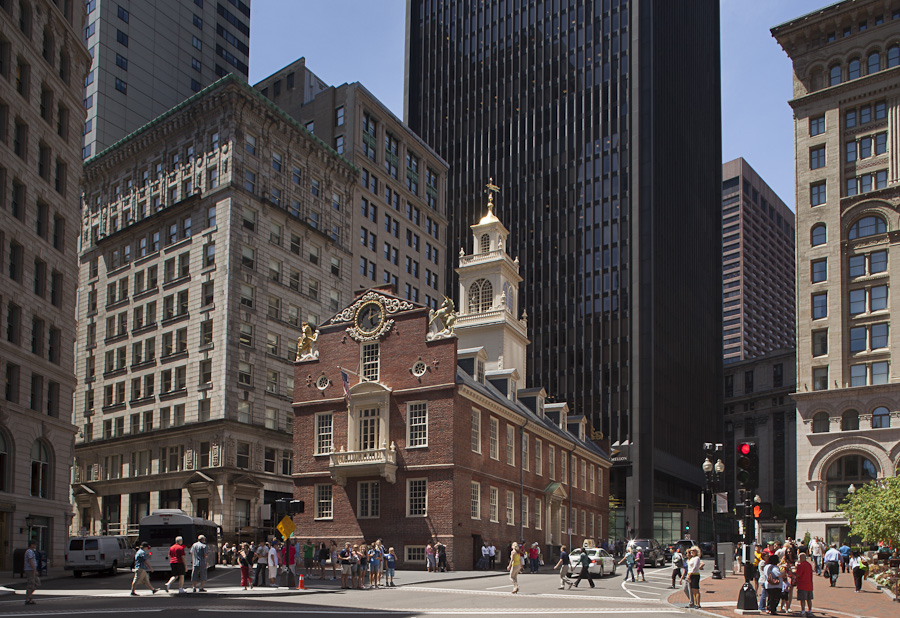 Boston’s oldest public building, erected in 1713 overlooking Long Wharf, replaced an old wooden Town House dating from 1658. After the Great fire of 1711, the town financed a brick building with a room for the Elder’s meeting, a library, an arsenal, and an arcaded farmers’ market “for the country people that come with theire provisions…to sitt dry and warme both in colde raine and durty weather.” It became the hub of the colony’s trade.
Boston’s oldest public building, erected in 1713 overlooking Long Wharf, replaced an old wooden Town House dating from 1658. After the Great fire of 1711, the town financed a brick building with a room for the Elder’s meeting, a library, an arsenal, and an arcaded farmers’ market “for the country people that come with theire provisions…to sitt dry and warme both in colde raine and durty weather.” It became the hub of the colony’s trade.
Paul Revere House photo
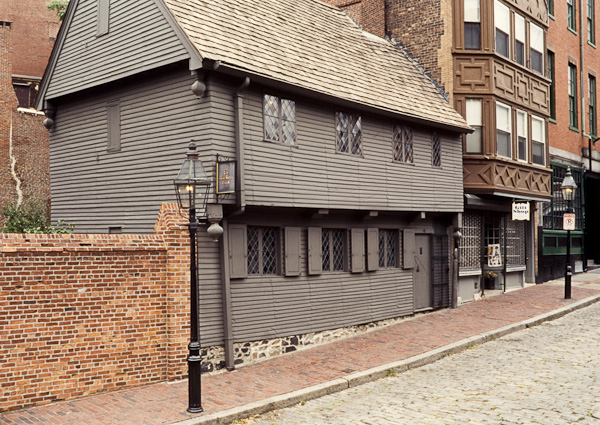 Built in 1681, this is the oldest residence extant in Boston. Paul Revere, prospering as a silversmith, bought it for 214 pounds in 1770. The Revere’s bedroom probably occupied the front of the second floor. Other rooms in the rear of the house and on the third floor provided space for the many children borne by Revere’s two wives.
Built in 1681, this is the oldest residence extant in Boston. Paul Revere, prospering as a silversmith, bought it for 214 pounds in 1770. The Revere’s bedroom probably occupied the front of the second floor. Other rooms in the rear of the house and on the third floor provided space for the many children borne by Revere’s two wives.

